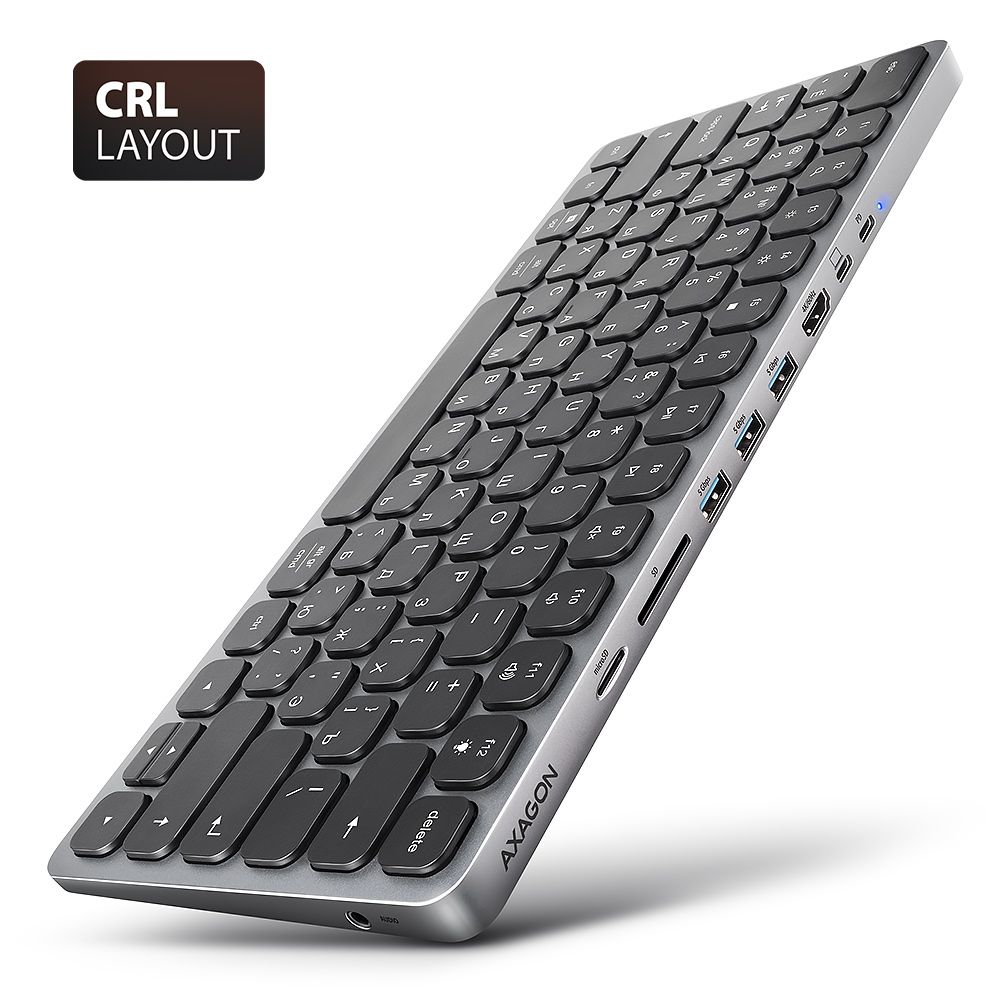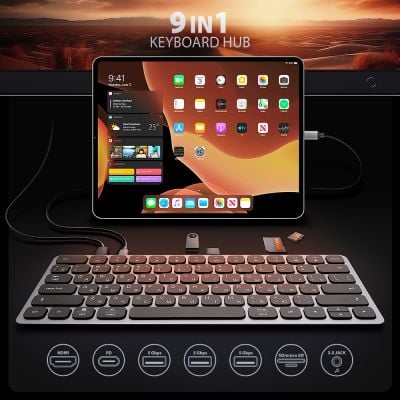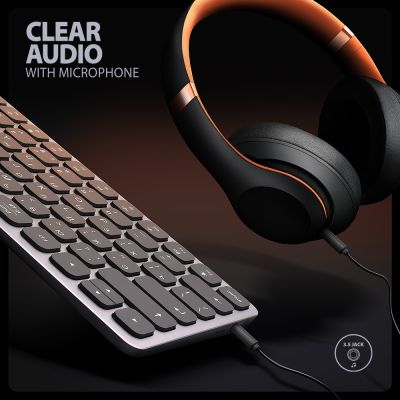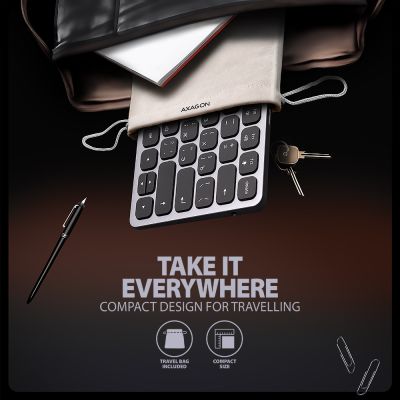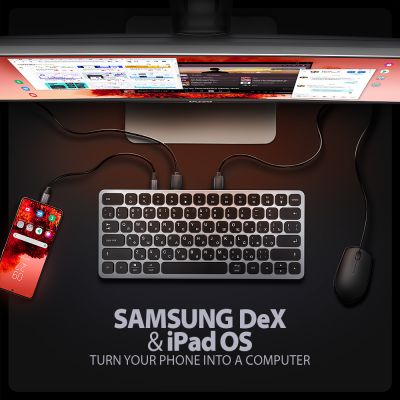-
Home
-
Docking stations
- HMC-KB-CRL USB-C 5Gbps KEYBOARD 9in1 hub
HMC-KB-CRL USB-C 5Gbps KEYBOARD 9in1 hub
Product code: HMC-KB-CRL
Category: Docking stations , One video output , Combined & multipurpose , All Products
AXAGON HMC-KB-CRL KEYBOARD hub turns your phone, tablet or mini-laptop into a full-fledged computer workplace. You connect your mobile device to the 9in1 docking station via the supplied 60 cm long cable. In no time, you have an integrated keyboard, SD and microSD card reader, and connectors for connecting an external monitor, three USB devices, headphones or headset, and Power Delivery power. However, it is necessary that the USB-C port of your mobile device supports video output (DisplayPort Alternate Mode) and Power Delivery.
The keyboard, built into an elegant aluminum hub bod y, is equipped with chiclet keys with a scissor mechanism and 2 mm stroke for precise and quiet typing. The keyboard offers adjustable backlightingin 5 levels, 12 multimedia keys and the possibility of increasing the inclination for comfortable and ergonomic use. Of course, the keys are printed with Cyrillic localization.
The HDMI output enables the connection of an external monitor, TV or projector with a resolution of up to 4K/60Hz Ultra HD, 2K/120Hz Quad HD or 1080p/200Hz Full HD and the transmission of multi-channel audio. Thanks to HDR support, you can enjoy a significantly expanded range of colours and contrasts without limitations.
Three USB-A 5Gbps outputs allow connection of external drives (up to 2 at the same time), flash drive, mouse, printer and other USB accessories. The USB ports also charge mobile phones and tablets with a power of up to 7.5W. The memory card reader supports reading and writing of all versions of SD and microSD cards with a capacity of up to 2TB. The card reader enables simultaneous handling of cards in both slots and direct copying between them. The 3.5 mm audio output offers the possibility of connecting stereo headphones, a headset or active speakers.
The PD USB-C input is designed for a suitable Power Delivery charger. This allows both your mobile device and the hub to be powered directly from the PD charger using Power Delivery 3.0 technology with up to 100W of power.
The Multiport Hub with Keyboard is especially ideal for users of phones and tablets Samsung's DeX-enabled Z-series Fold (from Fold3), Galaxy S (from S9), Note (from Note8) and Galaxy Tab S (from S4 except Lite and FE versions). The Dock also enables desktop mode for the Apple iPad Pro and iPad Air (from 2022) tablets. In addition, it ensures compatibility with iPad mini (from 2021) and with iPhone 15 Pro / Pro Max phones, while the image is transferred via mirroring.
Input (connection to mobile device / computer):
• USB 5Gbps (USB 3.2 Gen 1 / USB 3.0), USB-C female connector.
• Compatible with USB 3.2 Gen 2, USB4 and Thunderbolt 3/4.
Input (power supply):
• USB Power Delivery 3.0 100W port (only for charging), USB-C female connector.
• Powering the mobile device from the mains adapter via the USB-C hub.
• PD power must be supported by both the mobile device and the mains charger.
USB outputs:
• 3x USB 5Gbps port, USB-A female connector.
• USB-C hub handle the connection of two external drives simultaneously.
• Charging of mobile devices (including iPad) with a current of up to 1.5A from the hub's USB-A ports.
Video output:
• 1x HDMI A port, HDMI A female connector.
• 4K / UHD resolution 4096 x 2160 at up to 60Hz.
• 2K / QHD / WQHD resolution 2560 x 1440 at up to 120Hz.
• 1080p / FHD resolution 1920 x 1080 at up to 200Hz.
• Support for the above max. supported resolutions and frequencies requires connection to a computer with DisplayPort version 1.4.
• For the video output function, the hub must be connected to a USB-C port supporting DisplayPort Alternate Mode (DP Alt Mode) or to a USB-C port supporting Thunderbolt 3/4. A suitable OS is also required. The video output function will not be available without these requirements.
• HDR support (High dynamic range, 10bit/RGB support) - realistic reproduction of light and dark details.
• HPD (Hot-Plug-Detect) support.
• TMDS (Transition Minimized Differential Signalling) support.
• HDCP 1.4 and 2.3 (High-bandwidth Digital Content Protection) full support.
• Support for 2-channel audio sampling rate up to 192 kHz and up to 24-bit audio - depends on source and end device, i.e. mobile device/computer and TV/monitor/AV receiver.
The card reader - two slots:
• Slot Micro SD: microSD / microSDHC / microSDXC / TransFlash.
• Slot SD: SecureDigital / SDHC / SDXC, MultiMedia Card, MMC, MMC Dual Voltage, MMC mobile, RS-MMC, with adapter - miniSD, microSD / microSDHC / microSDXC, MMC Micro.
• UHS-I support. Speed up to 104 MB/s. Support hardware ECC function and CRC function.
• 2 LUN - the reader is indicated as two disk drives. The possibility of copying from card to card.
Audio output / input:
• 1x 3.5 mm 4pin jack for headset, headphones or active speakers,
• 2-channel analog stereo output 48 kHz @ 16 bit for playback,
• 1-channel analog mono microphone input 48 kHz @ 16 bit for recording.
Keyboard:
• Keys with scissor mechanism and 2 mm stroke for precise and silent typing.
• 12 multimedia keys: home, search, brightness, stop / start play / pause, previous / next track, mute, volume, backlight.
• White key backlight with four intensity settings and backlight off (f12).
• Switch between OS: fn+S for Windows / Android, fn+A for macOS / iPadOS / iOS.
Other features:
• Possibility to connect your device while running thanks to the Hot Plug support.
• Full Plug and Play support.
• Standby mode support.
• Power via USB bus - USB bus power or from PD wall charger.
• Heavy-duty aluminium body for better hub cooling.
• The LED indicates with constant light the hub connection to the computer.
• High quality shielded cable ensures fast communication speed and minimal unwanted interference.
• Dimensions 296 x 128 x 11 / 6 mm.
• Weight 353 g (without cable).
• USB-C cable 60 cm long with connectors C-M straight / C-M bent 90°.
Supported operating systems:
• Microsoft Windows 10 / 11 and later, macOS, iPadOS, iOS, Linux, Chrome OS and Android.
• Compatibility depends on used OS and support from device manufacturer.
• DisplayPort Alternate Mode (DP Alt Mode) is only supported in updated OS and also depends on support from device (notebook, phone).
• Graphics card drivers may also affect the correct operation of the product. We recommend downloading the latest version of drivers.
Package contains:
• USB-C Keyboard hub,
• USB-C cable 60 cm long,
• Keyboard hub travel bag,
• self-adhesive rubber pads to increase the inclination of the keyboard,
• multilingual guide CZ / DE / DK / ENG / ESP / FIN / FR / GR / HR / HU / IT / NL / PL / PT / RO / SK / SWE / TR / UA / BG / CN / ARA,
• packed in a cardboard box.
The version of the hub according to the keyboard layout:
• HMC-KB-CRL – Cyrillic layout
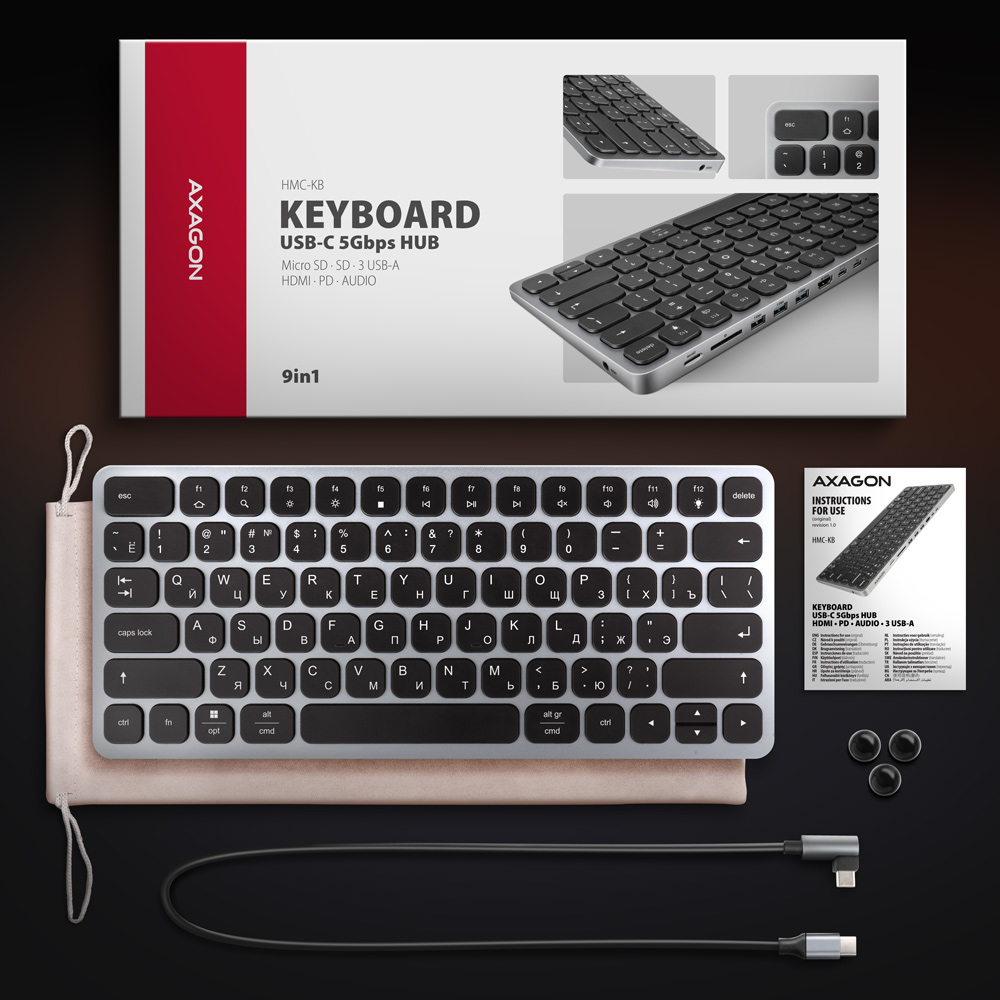
PACKAGE CONTENTS
- USB-C Keyboard hub
- USB-C cable 60 cm long
- keyboard hub travel bag
- self-adhesive rubber pads to increase the inclination of the keyboard
- multilingual guide CZ / DE / DK / ENG / ESP / FIN / FR / GR / HR / HU / IT / NL / PL / PT / RO / SK / SWE / TR / UA / BG / CN / ARA
- packed in a cardboard box
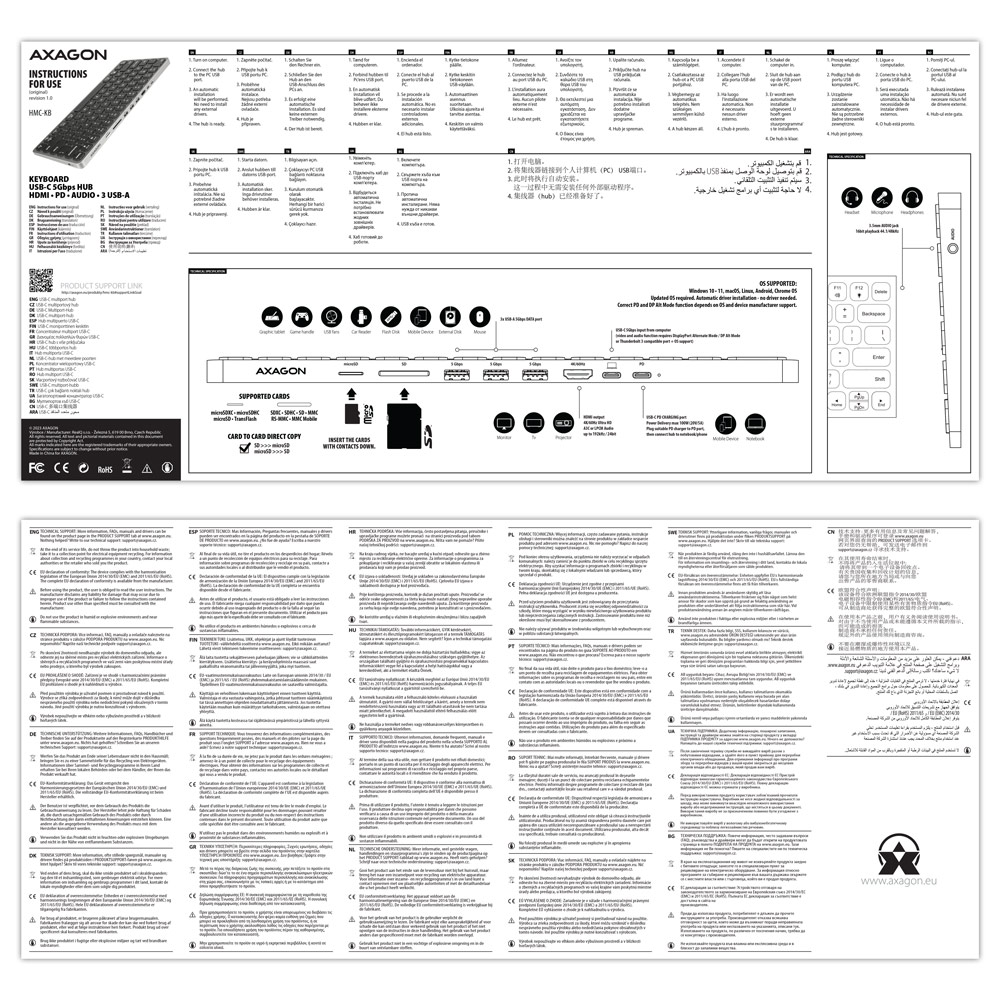
USER MANUAL
- multilingual manual CZ / DE / DK / ENG / ESP / FIN / FR / GR / HR / HU / IT / NL / PL / PT / RO / SK / SWE / TR / UA / BG / CN / ARA
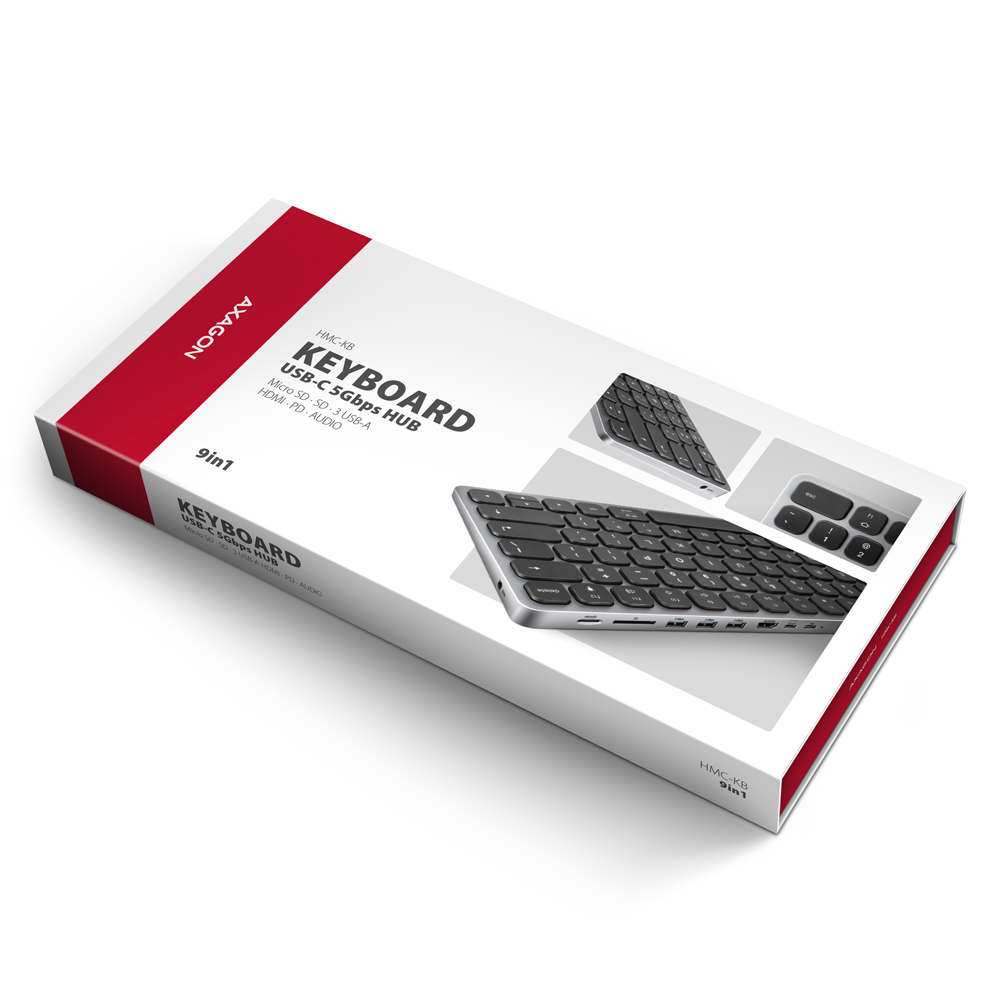
PRODUCT PACKAGE
- cardboard box
- package dimensions 154 x 317 x 36 mm
- weight of 1 pc package 733 g
- EAN 8595247908995

EXPORT PACKAGE
- number of pieces in the box: 10
- total weight of the box: 7.9 kg G.W.
- box dimensions: 18 x 33 x 37 cm




USER MANUAL
DownloadHMC-KB-CRL- multilingual manual CZ / DE / DK / ENG / ESP / FIN / FR / GR / HR / HU / IT / NL / PL / PT / RO / SK / SWE / TR / UA / BG / CN / ARA
The USB hub is not detected when connected to a computer; where can I download drivers for the USB hub?


A): The necessary drivers are already included in all operating systems and install completely automatically, and no additional drivers are needed.
B): Plug the USB hub into another USB port (on the back of the computer where the USB ports are integrated directly into the motherboard). It should re-detect the USB hub and reinstall the drivers. Alternatively, try replacing the USB cable. The obsolete driver of the USB controller could also cause problems. Manufacturers of USB 3.0 chipsets often issue new versions of drivers to improve compatibility with different devices. If the problem with the USB bub persists, plug it into the USB port of another computer to verify its functionality.
Where can I download drivers to my card reader?


A): Drivers are included with operating systems and are installed completely automatically. The card reader is detected as a standard storage device, such as a USB flash disk, no other drivers are available.
B): No other drivers need to be installed and are not even available. If you continue to have problems with your reader, check out more tips that can help you troubleshoot problems.
The card reader is not displayed in "Device Manager".


A): If the card reader is not displayed in "Device Manager," there may be a USB port (or a 20-pin USB 3.0 connector on the PC motherboard in the case of an internal reader) malfunction.
B): Try plugging the reader into another USB port (or another 20-pin USB 3.0 connector on the PC motherboard, if available, in the case of an internal reader). The card reader should be detected and the drivers loaded automatically. If this does not solve the problem, try checking the USB controller status in "Device Manager" in the "USB Drivers" section. If the problem persists, plug the card reader into the USB port of another computer to verify its functionality.
The card reader is reported in "Device Manager" as "Unknown Device".


A): If this happens, it means that the operating system failed to get the necessary information to install the drivers.
B): The cause may be a defective USB cable or damaged device. Another option is to remove the record of the connected USB device using "USBDeview". After connecting the reader, the drivers should be reloaded. If the problem is caused by a driver error, the problem should be eliminated. If the problem persists, plug the card reader into the USB port of another computer to verify its functionality.
The reader is not displayed in the "My Computer" folder.


A): If this happens, it means that the Windows operating system did not assign a drive letter to the new storage device.
B): If the drive letter is not assigned, open "Disk Management", right-click on the desired drive and manually assign the drive letter. Another option is that the correct formatting of the memory card is not performed. Format the card in "Disk Management" or in the device on which you are using the card (for example, the camera).
Can I connect a 2.5" external box to a USB hub?


A): In the vast majority of cases, the USB hub can handle connection of one 2.5" external box. If more external boxes are connected, a higher current is needed that ordinary USB cannot deliver.
B): In this case, an auxiliary power supply is required. Use a USB hub with auxiliary power supply.
sylius.ui.no_question


Can I use an USB extension cable to connect a USB hub to my computer?


A): You can use a passive USB cable to connect a USB hub to your computer. However, with longer cables the USB hub may not work reliably.
B): In this case, we recommend using an active extension USB repeater cable, such as AXAGON ADR-205 or ADR-210.
sylius.ui.no_question


sylius.ui.no_question


When I plug my headphones and microphone into the USB sound card, I hear microphone feedback from my headphones, which makes Skype calls very unpleasant.


A): You probably have allowed to listen to the microphone in Microphone Properties.
B): To disable this feature, follow these steps: Start -> Control Panels -> Hardware and Sound -> Sound -> Recording -> Microphone (USB Sound Device) -> Properties -> Listen -> Listen to this device - uncheck this box and confirm with "Apply".
sylius.ui.no_question


I have a keyboard connected to a phone with Android OS and when using the function keys to skip a track (Fn+F6 and Fn+F8), the volume decreases and increases.


You need to set the function of the headphone buttons to track skipping/playback control.
A) Example setting for Xiaomi phones (HyperOS overlay):
1st option:
In the notification bar, when headphones are connected, Audio playback via USB > click > Change headphone buttons to Playback control.
2nd option:
Settings > Sounds & Vibration > Sound effects > Change headphone buttons to Playback control.
B) Example setting for Xiaomi phones (MIUI overlay): Settings > Sounds & Vibration > Headphones > Change headphone buttons to Playback – back/next.
When using the keyboard with Windows, the Win button does not respond. The Start menu appears when you press the ALT button.


The keyboard is set to Apple mode. Switch it using Fn+S (mode for Windows and Android).
When using the keyboard with Apple products, the CMD and Option keys do not work.


The keyboard is set to Windows mode. Switch it with Fn+A (Apple mode).
The network card is not displayed in "Device Manager".


A): If the network card is not displayed in "Device Manager", a USB port (or a PCIe slot in the event of an internal network card) may be malfunctioning.
B): Try plugging the network card into another USB port (or another PCIe slot on the PC motherboard in the event of an internal network card, or temporarily disconnect all other PCIe cards). The network card should be detected and you should be prompted to install the drivers. If the problem persists, plug the network card into the USB port (PCIe slot) of another computer to verify its functionality.
The network card is reported in "Device Manager" as "Unknown Device" (PCIe).


A): If this happens, it means that the operating system failed to get the necessary information to install the drivers.
B): The cause may be a defective USB extension cable or damaged device. If the problem persists, plug the network card into the PCIe slot of another computer to verify its functionality.
The network card is reported in "Device Manager" as "Unknown Device" (USB).


A): If this happens, it means that the operating system failed to get the necessary information to install the drivers.
B): The cause may be a defective USB extension cable or damaged device. If the problem persists, plug the network card into the USB port of another computer to verify its functionality.
Can I connect an ANDROID tablet to Ethernet?


A): Before connecting the USB network card to an Android device (tablet), you first need to verify with the device manufacturer whether the device supports the Ethernet network feature and also whether the USB network card drivers are included in your specific ANDROID ROM installation.
B): Use a USB connector with OTG support to connect the USB network card to your tablet. If the device (tablet) is equipped with a Mini USB or Micro USB connector, use an OTG reduction or cable to connect it.
What is the disk initialization?


A): By initializing the disk, you can set the mode in which the hard disk will work
B): You can use the partition with the master boot record (MBR) or the GUID partition table (GPT). For disk up to 2TB, use the MBR option, we recommend selecting GPT on a larger disk than 2TB. Subsequently, the initialized disk should be formatted.
What is the disk initialization?


A): By initializing the disk, you can set the mode in which the hard disk will work.
B): You can use the partition with the master boot record (MBR) or the GUID partition table (GPT). For disk up to 2TB, use the MBR option, we recommend selecting GPT on a larger disk than 2TB. Subsequently, the initialized disk should be formatted.
The external box (adapter / docking station) is not displayed in the "My Computer" folder.


A): If this happens, it means that the Windows operating system did not assign a drive letter to the new storage device.
B): If the drive letter is not assigned, open "Disk Management", right-click on the desired drive and manually assign the drive letter. If the drive letter can not be assigned to the disk, it is possible that the disk is formatted as "dynamic". If you want to keep disk data, connect it to the original device and make a backup of the disk. Then convert it to a normal disk, initialize it to MBR (or GPT, see other points), and then perform Low Level Format (e.g. using the Low Level Format Tool)
After inserting a newly purchased HDD/SSD into an external box (adapter / docking station) and connecting to a computer, the disk is not displayed in "Device Manager".


A): The newly purchased disk must be initialized before first use.
B): If the new disk is not initialized automatically, open "Disk Management", right-click on the desired disk and initialize it.
The M.2 drive disconnects after a while or disconnects and reconnects.


In the ACTIVE profile, set the hard drive sleep time for battery and mains power to 0 minutes / Never.
A) Path in Windows 10: Settings > System > Power & Sleep > Additional power settings > in the ACTIVE profile Change Schema Settings> Change advanced power settings > Hard drive > Turn off hard disk after
B) Path in Windows 11: Search for: Control Panel > Hardware and Sound > Power Options > in the ACTIVE profile Change Schema Settings> Change advanced power settings > Hard disk > Turn off hard disk after.
When connecting HDMI/DisplayPort to the HUB, the image is not detected.


A: Check if the USB-C in the device supports video output.
B: Leave the HUB connected to the device and turn off the HUB via the ON/OFF button. Wait 5 seconds and then turn it back on with the ON/OFF button.
When connecting the charger to the PD port of the HUB, the device does not charge.


A: Check if your charger and device support the Power Delivery protocol and if the charger has sufficient power.
B: Leave the HUB connected to the device and turn off the HUB via the ON/OFF button. Wait 5 seconds and then turn it back on with the ON/OFF button.
Contact us
News
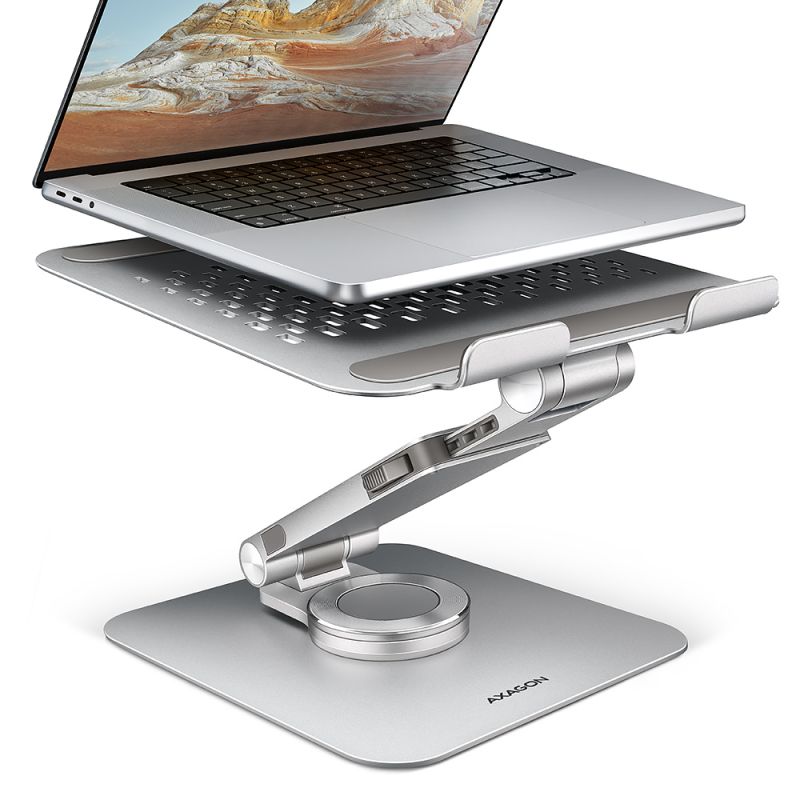

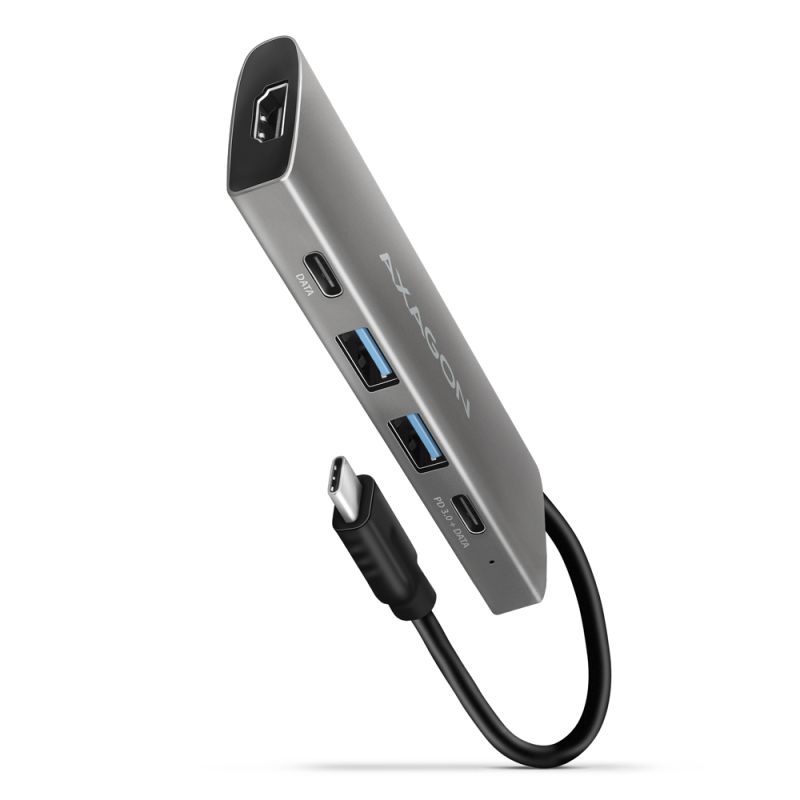

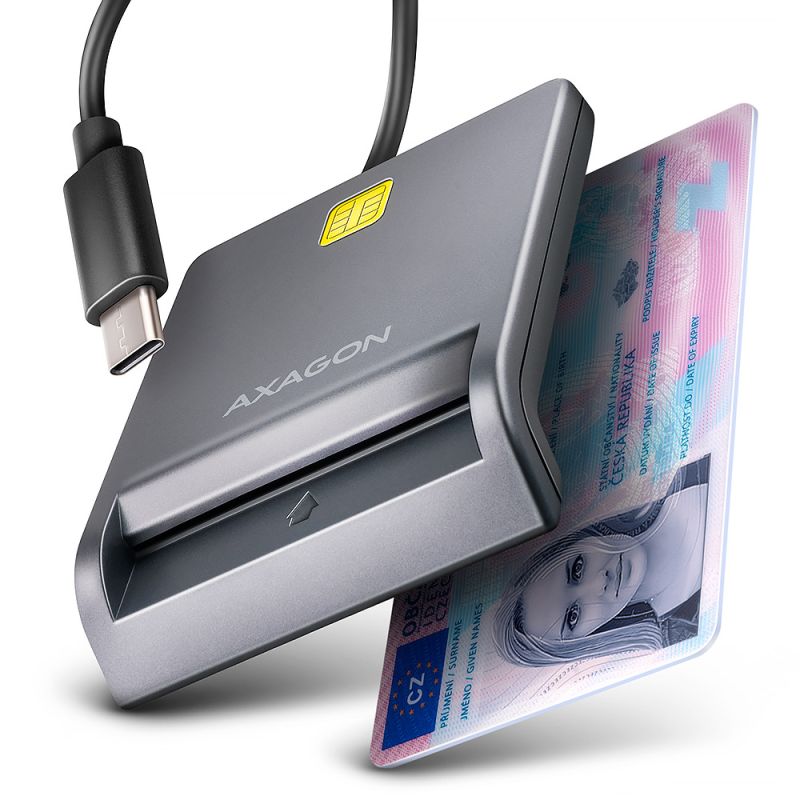
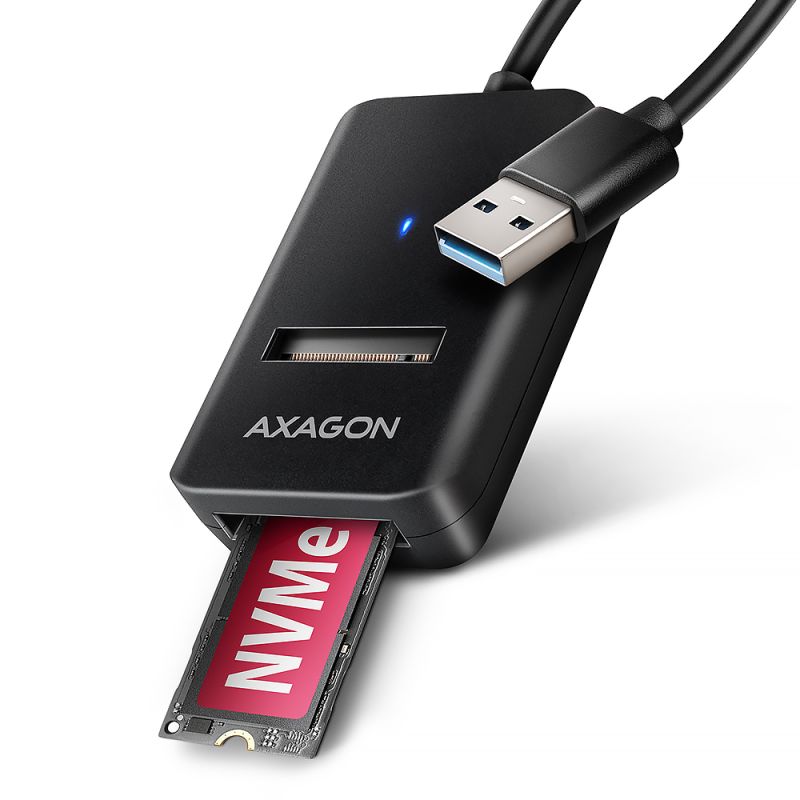











 English
English
 Czech
Czech
 Slovak
Slovak
 German
German
 Hungarian
Hungarian
 Polish
Polish
